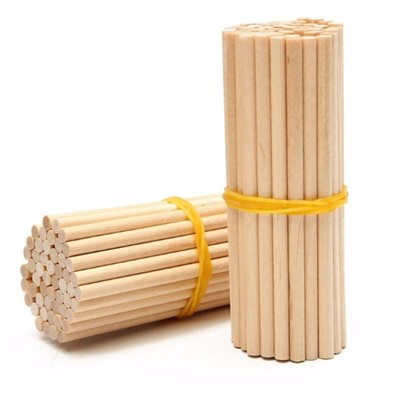Scientists have figured out how to increase the iodine content in cow's milk and meat

Today, large areas of northern RUSSIA from the point of view of the livestock industry are characterized by relatively low iodine content in soils, which are mainly used as pastures. Moreover, iodine is of great importance for animals and humans; a deficiency in the latter, in particular, can lead to severe diseases of the thyroid gland, disturbances in the functioning of the brain and gastrointestinal tract, cardiovascular and reproductive systems.
“We have developed a method for increasing the iodine content in forage plants that are actively grown in North-West Russia: oats, vetch (peas) and clover. During the experiments, we managed to achieve a 5-9 times increase in iodine concentration for different crops,” Polina Filippova, a junior researcher at the Department of Land Use and Plant Production of the St. Petersburg Federal Research Center of the Russian Academy of Sciences, told Gazeta.Ru.
First, scientists identified several areas for cultivating fodder crops, and treated the plants with iodine solutions of varying concentrations. The solution contains water and a small concentration of salts containing iodine (no more than 16 g per 10 liters of water, working solution consumption 300 l/ha).
The researchers then harvested the crops and assessed the optimal iodine concentration, as well as the duration of treatment of the crops. it turned out that with the correct composition of the solution, the treatment made it possible to increase the iodine concentration by 5-9 times compared to the control option. If farm animals are fed these plants, the iodine levels in their MEAT and MILK will increase .
“Our approach can easily be used by agro-industrial enterprises or farmers in the North-West and other areas of the country with similar climate and soils; it does not require complex equipment, but can significantly increase the productivity of forage crops. The main task here is to use a solution with the required iodine concentration, based on our recommendations, since excess can be toxic to plants,” Filippova explained.
Now scientists from the St. Petersburg Federal Research Center of the Russian Academy of Sciences are working on a method for increasing the concentration of iodine in annual grasses. In addition, in the future they plan to increase the selenium content of spring barley.
Read together with it:
- Rosselkhoznadzor has banned meat imports from two Belarusian enterprises due to violations.In addition, three other Belarusian producers are now subject to strict laboratory monitoring due to initial deviations: azithromycin was found in poultry MEAT from Druzhba Poultry Farm, and the pesticide imidacloprid was found in honey from Pchalyar Polachchyny Farm. Powdered MILK from Luninetsky Dairy Plant was also found to containcoli bacteria . These measures were taken at the request of the ...
- Stress in livestock: How housing conditions affect their health and productivityFor example, early separation of calves from their mothers causes a sharp surge in cortisol, which weakens the immune system and increases vulnerability to disease. The article also emphasizes that improper milking and housing practices can cause chronic stress and reduced productivity. Furthermore, the problem of lameness in cows is considered a consequence of living conditions, which can be impr...
- Роспотребнадзор подводит итоги контроля мясной продукции в Тамбовской области за 2025 годПоложительные аспекты: Не было выявлено нарушений санитарно-химических показателей, присутствия патогенных микроорганизмов, ГМО, паразитов, антибиотиков и радиационного загрязнения. Проблемные моменты: Отмечается ухудшение по физико-химическим показателям — 5,88% образцов не соответствует стандартам, по сравнению с 1,5% в 2......
- Scientists have identified a human virus comparable to COVID-19.The human respiratory syncytial virus (RSV) may be comparable in severity to influenza and CORONAVIRUS. This is the conclusion reached by Singaporean researchers collaborating as part of the PREPARE program, according to the press service of the Singapore General Hospital. Scientists conducted three studies to assess the severity of the disease, the risk of cardiac complications, and its long-term...
- Курчатовский институт разработал новую систему геномной селекции для сельскохозяйственных животныхГенотипирование, необходимое для оценки племенной ценности животных, позволит селекционно-генетическим центрам и производителям мяса лучше анализировать такие параметры, как скорость роста, жирность мяса и устойчивость к болезням. Ранее отечественные хозяйства были вынуждены зависеть от западных компаний, что создавало риски для продовольственной безопасности России. Новая система обеспечивает пол...
- Taking into account the latest advances in animal husbandry, the MTC was officially opened in the Ostrovets District.November 7, Ostrovets District. The ceremonial opening of the Gudogai dairy complex was held in the Ostrovets District, BelTA reports. The Dreveniki dairy complex is designed to house 1,600 HEAD of cattle , including 600 dairy cows. This is the first of ten investment projects in the Grodno Region aimed at creating modern production facilities in accordance with a decree of the President of the Re...




























































